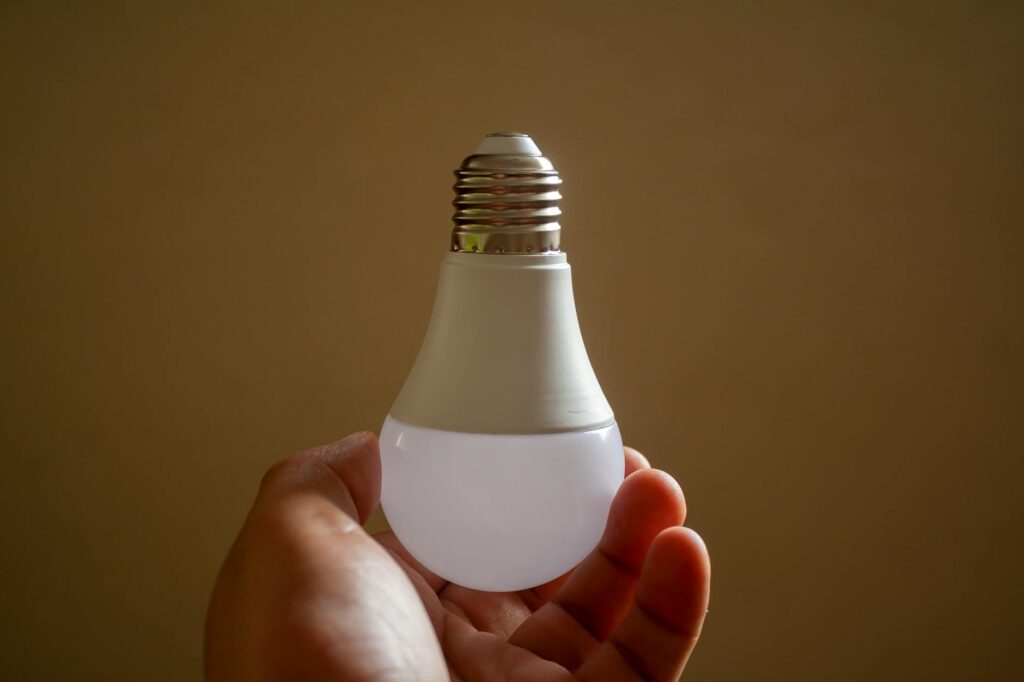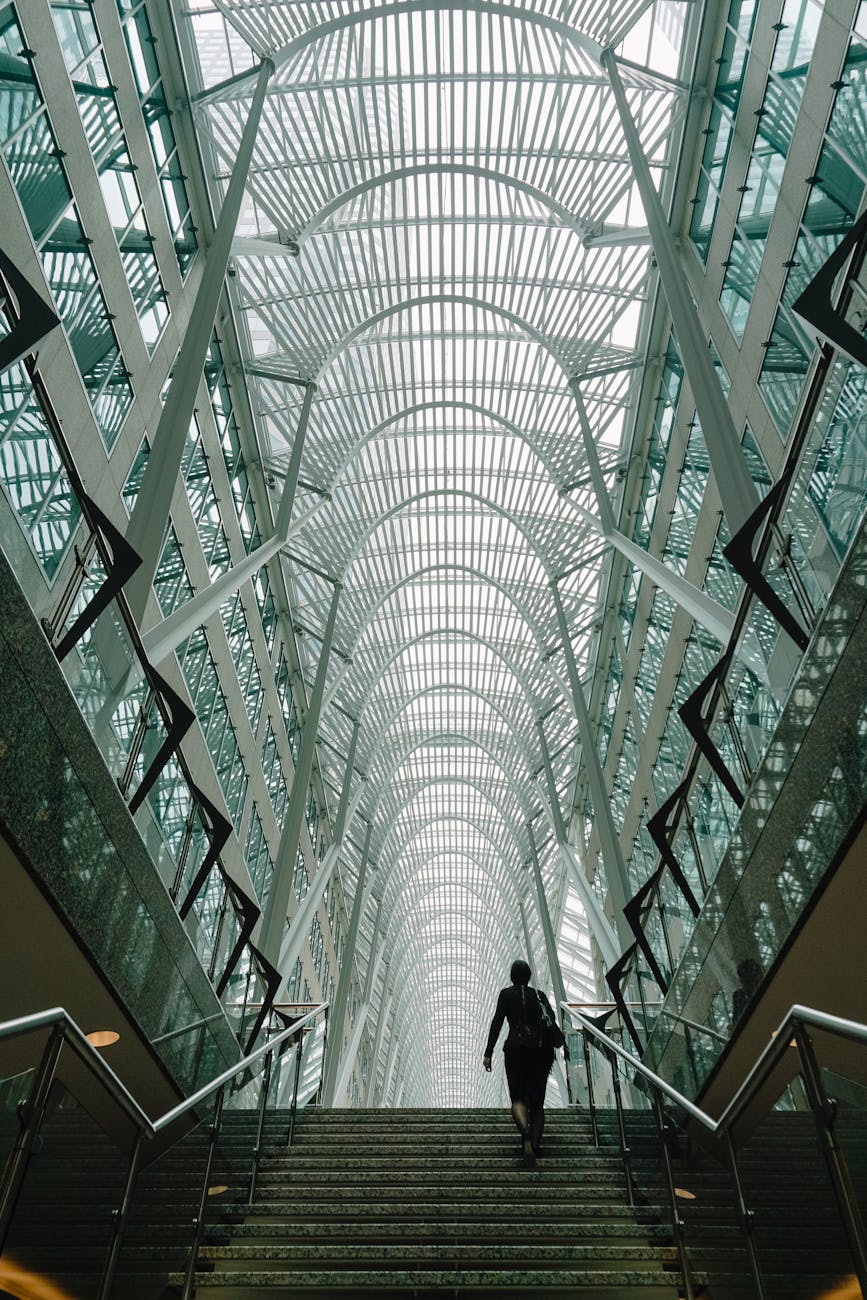In today’s world, the spotlight on sustainability and saving money has never been brighter. Among the myriad of options for achieving these goals, one shines particularly bright: the adoption of LED lighting. This post delves into the ecological and economic benefits of LEDs, providing compelling evidence for why they are not only a smart choice but a necessary step toward a greener future.
Why Switch to LEDs?
LEDs, or Light Emitting Diodes, are revolutionizing the way we light up our world. Unlike traditional incandescent bulbs, LEDs convert a higher percentage of energy into light, making them far more efficient and durable. This transition not only benefits the environment but also offers significant cost savings over time.

The Environmental Impact of LEDs
LEDs have a substantially lower environmental footprint compared to traditional lighting solutions. They consume up to 90% less power, resulting in a significant reduction in carbon emissions. Furthermore, their longer lifespan means fewer bulbs are manufactured, transported, and disposed of, further minimizing their ecological impact.
Energy Efficiency and Cost Savings
The efficiency of LED lighting is unparalleled, translating directly into cost savings for consumers. By drastically reducing energy consumption, LEDs can significantly lower electricity bills. Over their lifespan, the savings on energy costs can surpass the initial investment in LED technology multiple times over.

Longevity and Durability
LEDs are not just energy-efficient; they are also incredibly durable and long-lasting. An average LED bulb can last up to 25 times longer than traditional incandescent bulbs. This durability means reduced replacement costs and less frequent purchases, contributing further to economic and environmental savings.
Quality of Light
Gone are the days of the cold, harsh light of early LEDs. Modern LED technology offers a wide range of colors and temperatures, allowing for customization to suit any mood or setting. This versatility makes LEDs ideal for both home and commercial use, further enhancing their appeal.
Reducing Heat Emission
Unlike incandescent bulbs, which waste a lot of energy as heat, LEDs are cool to the touch. This feature not only makes them safer but also reduces the need for air conditioning during warm months, leading to additional energy and cost savings.
Instant Lighting and Frequent Switching
LEDs light up instantly and can withstand frequent switching without affecting their lifespan. This makes them ideal for use in applications where lights are turned on and off regularly, further contributing to their efficiency and longevity.
Low Voltage Operation
LEDs require much lower voltage than traditional lighting options, making them perfect for use in off-grid applications powered by renewable energy sources. This compatibility further amplifies their eco-friendly credentials.
Impact on Human Health and Productivity
Recent studies suggest that the quality of light affects both human health and productivity. LEDs, offering a spectrum closer to natural light, can enhance vision, mood, and productivity, making them a smarter choice for workplaces and schools.
Government Incentives and Rebates
Many governments worldwide are promoting the use of LEDs through incentives and rebates, recognizing their environmental and economic benefits. Taking advantage of these programs can further reduce the cost of transitioning to LED lighting.

Responsible Disposal
While LEDs are more environmentally friendly, responsible disposal is essential to maximize their benefits. Unlike fluorescent bulbs, LEDs do not contain mercury, but recycling programs can further reduce their environmental impact.
Compatibility with Smart Technology
LEDs seamlessly integrate with smart home technologies, allowing for further energy savings through programmable lighting, motion sensors, and remote control options. This compatibility makes LEDs a cornerstone of modern, energy-efficient homes.
LEDs in Industrial and Street Lighting
Beyond residential use, LEDs are making significant inroads in industrial and street lighting, where their benefits multiply. Their durability and efficiency offer substantial savings and environmental benefits on a larger scale.
The Global Shift to LEDs
The move toward LED lighting is a global trend, with countries and corporations alike recognizing its benefits. This shift is not only driven by the desire to save money but also by a commitment to sustainability.
Challenges and Considerations
Despite their many advantages, the transition to LEDs is not without challenges. Initial costs and the need for quality control are considerations that consumers and businesses must navigate. However, the long-term benefits far outweigh these hurdles.
Conclusion
The case for LEDs is clear: they offer substantial ecological and economic benefits. By adopting LED lighting, individuals and businesses can reduce their environmental footprint, save money, and contribute to a sustainable future. The switch to LEDs is not just a bright idea; it’s a necessary step toward greener, more efficient lighting.
Frequently Asked Questions
Are LEDs really more expensive upfront? While LEDs have a higher initial cost than traditional bulbs, their long-term savings on energy and replacement costs make them more economical over time.
Can LEDs be used in any fixture? Most modern LEDs are designed to fit existing light fixtures, making the switch to LED lighting straightforward and convenient.
Do LEDs contain harmful materials? Unlike fluorescent bulbs, LEDs do not contain mercury. However, responsible disposal is recommended to minimize environmental impact.
How do I choose the right LED? Look for bulbs with the desired brightness (lumens), color temperature, and energy efficiency rating to ensure you get the right LED for your needs.
Are there government rebates available for switching to LEDs? Many governments offer incentives and rebates for LED lighting upgrades. Check local and national programs for eligibility and details.





